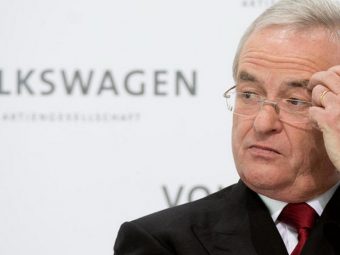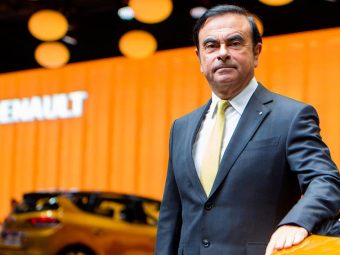For the past 30 years, Lotus Cars have survived on the back of legacy media fawning and patriotic cheerleading. Where did that get them? what did that achieve? For example, the Lotus Elise was championed by Autocar early in its development phase to the extent that Autocar was given the opportunity to quasi co-develop the ride and handling. Lotus had all the UK media attention it could ever want, possibly hundreds of thousands of dollars worth of free advertising. And while the Elise was a great product it did little to help ward off the ghosts of near bankruptcy. Instead of driving the narrative, Lotus seemed to rely on the media to drive the narrative (and sales) for it.
Thankfully the Chinese came to the rescue and dug Lotus out of the hole the media dug it into. However, there is still much work to do. Chinese funding is building new foundations, not holes, but proper foundations. New facilities, new manufacturing capabilities. Investment. If the auto media thinks there will be a lightweight Lotus, harking back to a glorious past, then it is they the media who are living in the past.
Safety, technology, electrification, the switch to electric platforms mean the days of lightweight Lotus sports cars are over. Last week, Lotus revealed plans to build an electric SUV, a carrot to dangle in front of potential investors ahead of a possible Stock Market listing. The Lotus Type 132 SUV is key to delivering 150,000 annual sales.
Lotus managed to sell over 1,700 vehicles in 2021, an increase of 24% over the previous year. How do you scale from 1,700 sales to 150,000? By relocating the SUV build and manufacturing process to China. More to the point how is Lotus going to convince people to buy 150,000 electric SUVs every year? By building more dealerships. A lack of dealerships has always been a Lotus problem.
Lotus claims that half of its total sales will come from China in the next five years. However, scaling from 1,700 units per year to 150,000 will take years. For example, Porsche sold 19K cars worldwide in 1995. Fast forward 26 years later and Porsche is selling over 200,000 cars annually. Do you see the problem here with Lotus, potential investor?
While the Lotus product pipeline will see an exciting array of new cars, from the £60K Emira to the £2M Evija, a sports sedan in 2023 and a compact SUV to launch the year after. One has to ask is Lotus living in a fantasy land with the 150K annual production target? Yes and no. It’s better to set a target and narrowly fail to reach it than fail altogether. That’s how the sales mindset works. And the SUV fever will help bulge the IPO value.
Investors will do their due diligence if Lotus does go down the stock market IPO route. Whenever it happens, if at all, it is still worth buying shares. But let’s be realistic, only big hedge funds will have the clout to buy a great bulk of those shares. The penny stock investor really ought to be eating carrots rather than being entranced by the dangling carrot on a stick.








